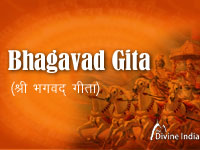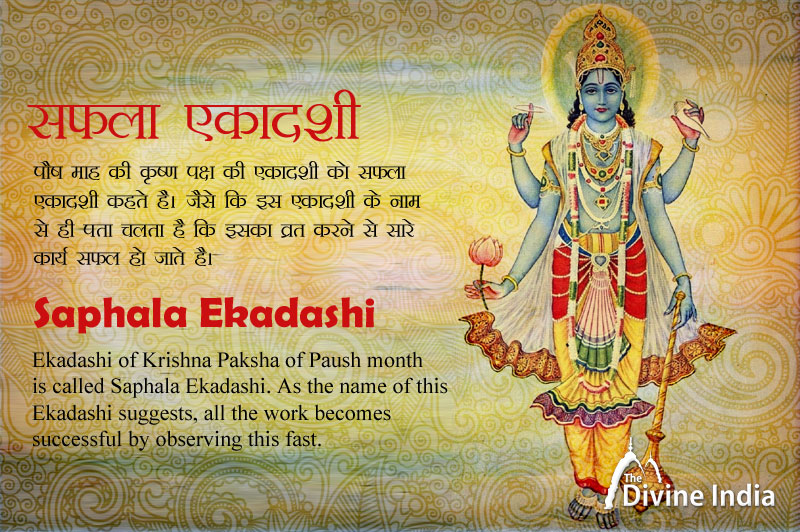

The Bhagavad Gita, a spiritual gem within the vast tapestry of Hindu philosophy, continues to illuminate the path of self-realization and inner transformation. Chapter 8 of the Gita, titled "Akshara Parabrahman Yoga," delves into the profound concepts of the eternal and imperishable reality, the process of death and rebirth, and the ultimate goal of attaining liberation. Let's explore the key teachings of this enlightening chapter.
In this chapter, Lord Krishna reveals the nature of the "Akshara," the imperishable, which transcends the cycles of birth and death. He explains that the supreme reality is beyond the material world and can be realized through unwavering devotion and meditation.
Krishna provides insights into the process of death and rebirth. He describes how individuals who are focused on the divine at the moment of death and leave their physical body with a focused mind can attain liberation and merge with the eternal. This emphasizes the significance of cultivating a spiritually aligned consciousness throughout one's life.
Krishna acknowledges that there are different paths for attaining liberation, including the path of knowledge (Jnana Yoga), the path of devotion (Bhakti Yoga), and the path of selfless action (Karma Yoga). He emphasizes that regardless of the chosen path, true devotion and unwavering focus on the divine are crucial.
Krishna reveals that time is cyclical and governed by the cosmic order. He explains that the universe goes through cycles of creation, sustenance, and dissolution, each lasting for billions of years. He guides Arjuna to understand that spiritual seekers should transcend these cycles and reach the eternal realm.
Krishna imparts the essential teachings of surrender and devotion. He explains that by fixing one's mind on Him and offering all actions and thoughts to the divine, individuals can overcome the material influences and achieve liberation.
Krishna concludes the chapter by highlighting the supreme goal of life: attaining the eternal and transcendent realm, which is beyond the realm of birth and death. He affirms that those who realize the imperishable attain true liberation and are freed from the cycle of rebirth.
Chapter 8 of the Bhagavad Gita provides profound insights into the nature of reality, the process of life and death, and the paths that lead to liberation. It underscores the importance of spiritual awareness, unwavering devotion, and a focused mind as crucial factors for attaining ultimate freedom. By transcending the cycles of birth and death and realizing the eternal realm, individuals can achieve the ultimate purpose of human life according to the teachings of Lord Krishna.